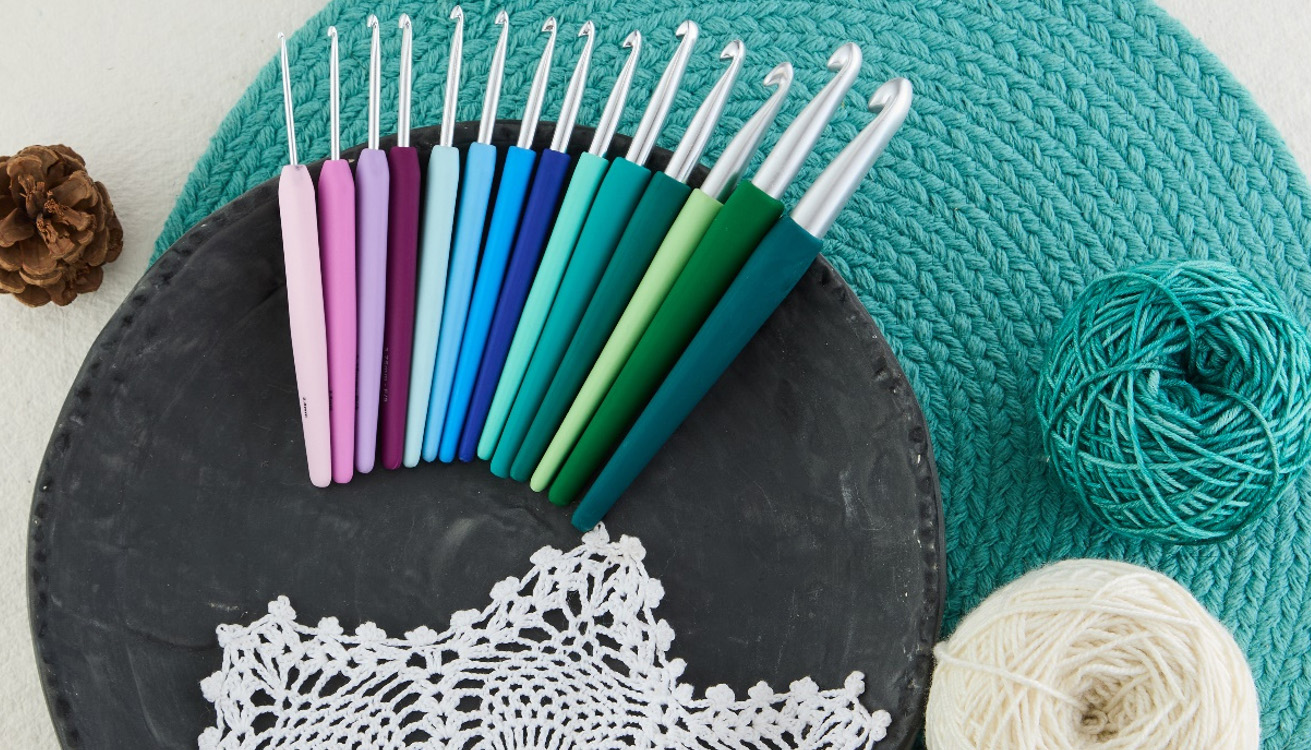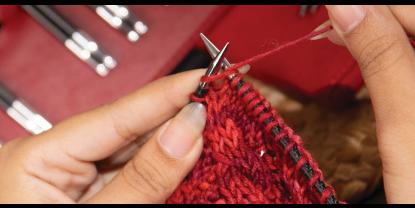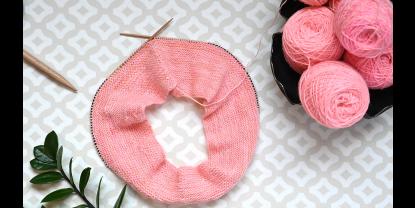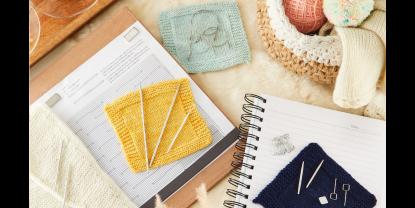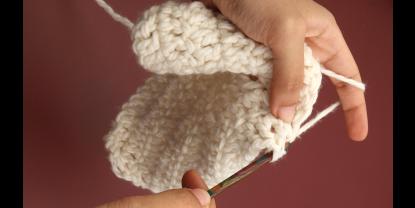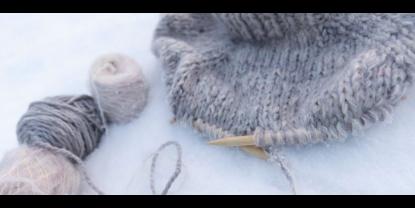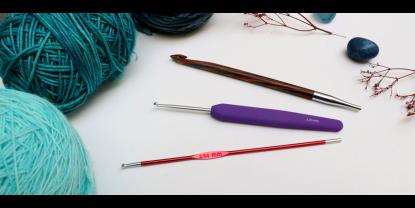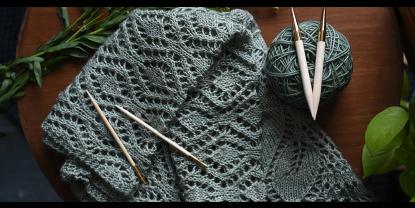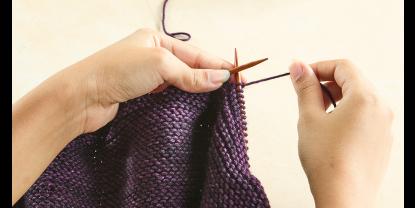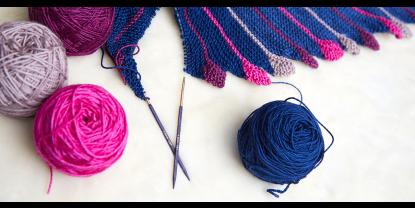Lace crochet patterns are synonymous with warm weather. All you need is your favorite single-ended crochet hook, yarn and a pattern. An elegant form of the crochet craft, lace patterns can be made with a combination of basic crochet stitches, a unique pairing of hook size + yarn weight and even specialized forms. In historical records, crocheted lace included filet crochet, Irish crochet and the comparatively modern pineapple and broomstick lace. From breezy summer shawls to delicate doilies, summer tops to home decor, you can explore a lot of lace crochet projects. In fact, anything ordinary transforms into a piece of art with lace designs. If you admire lace patterns but feel intimidated to try, you're not alone. The good news? We’ve got tips to begin lace crochet with confidence. Before getting started, first take a look at how to lace crochet.
Handy tips to crochet lace patterns
1. Choose the Right Yarn
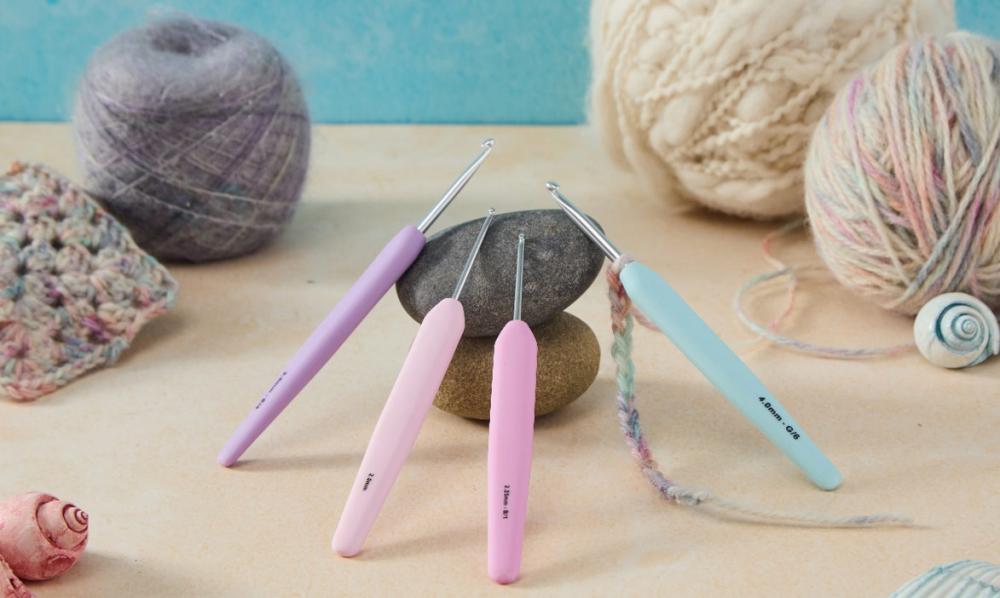
Always opt for a smooth, tightly spun yarn. Lace designs work on the aesthetic holes and the yarn’s crisp fibers show off the pattern. Avoid fuzzy, novelty, or very dark yarns for your first few projects. Also, lace is well-loved in spring and summer, so you can work with lightweight yarns and colors.
2. Use a Bigger Crochet Hook Size
Lace patterns are designed to be airy, and they often rely on smaller hook sizes to achieve that delicate, openwork look. Traditionally, steel-tip crochet hooks in special sizes (0.50mm - 1.75mm) were used, but now patterns work with regular sizes above 2mm. In general, choose a crochet hook that is slightly larger than the yarn weight. Most patterns and yarn labels mention the matching hook size and yarn weight and you have to go for a hook size above the mentioned yarn weight.
3. Master Basic Crochet Stitches
Lace crochet is based on a solid foundation of basic crochet stitches, as a combination of them creates open and decorative designs. Be sure you're proficient with chain stitches, as you will be using them often. Double crochet (DC), treble crochet (TR), and slip stitch (SS) are also essential to know for attempting lace. If you are following a pattern, double-check the instructions as which UK or UK crochet abbreviations they are written in. Spend some time practicing before starting your lace project.
4. Read the Crochet Pattern Carefully
Lace patterns include basic crochet stitches, however, there are complex stitch repeats, special instructions and unique symbols. Always read through the pattern completely and make a note of repeat sections, stitch counts, and any unfamiliar techniques. Many advanced lace patterns make use of charts. Learning to read a crochet chart is helpful for lace crochet, as it gives a visual representation of the design.
5. Practice with Swatches
Starting with a gauge swatch is more important than ever when crocheting lace. Unlike regular crochet projects that can do without swatching, lace patterns cannot. Every stitch and project can vary dramatically depending on your tension, yarn, and hook. Making a small sample swatch allows you to see how your chosen materials work together. It also gives you the opportunity to adjust your hook size if needed, either to match gauge or to improve the overall look of the lace. Plus, given crochet’s reputation for extra yarn usage, a swatch also helps estimate yardage.
6. Block Your Work
Lace crochet magically transforms with blocking. This step is especially important for projects like shawls, where you want the lace to look crisp and well-defined. Blocking helps relax the yarn, stretch the stitches and reveal the pattern's true beauty. Learn more about how to transform your project with blocking tools.
7. Count Your Stitches
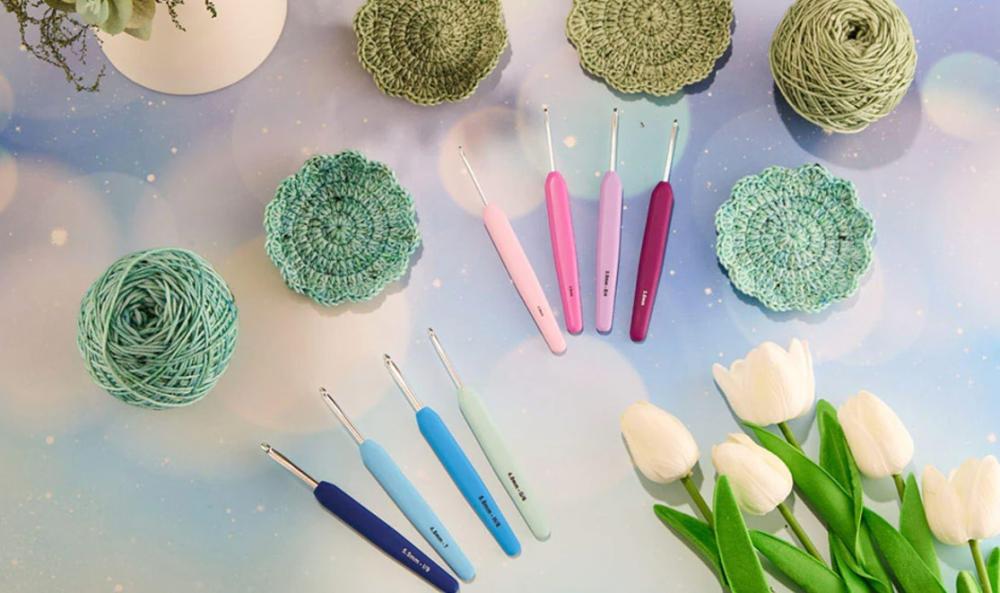
Accuracy is key in lace crochet, therefore, a single missed chain or extra stitch can throw off an entire row or round. Count your stitches regularly, to keep your work consistent and error-free. Refer to our guide on using row counters.
Crocheting lace is usually about simple stitches. Take your time, and don’t get discouraged if you make mistakes. Even experienced crocheters often unravel and redo sections of lace projects. You can also explore our guide with tips for getting started with thread crochet.
The right tools make all the difference. Choose crochet hooks that feel comfortable in your hand and glide smoothly through your yarn. The Waves 2.0 Crochet Hooks are an excellent choice, featuring a soft grip and color-coded sizes that make your experience both fun and functional. Oasis is an innovative interchangeable crochet hook that works with one ergonomic handle and multiple metal hooks. Zing offers color-coded aluminum hooks with a thumb grip. Ginger, Dreamz and Bamboo are other popular options to explore.


